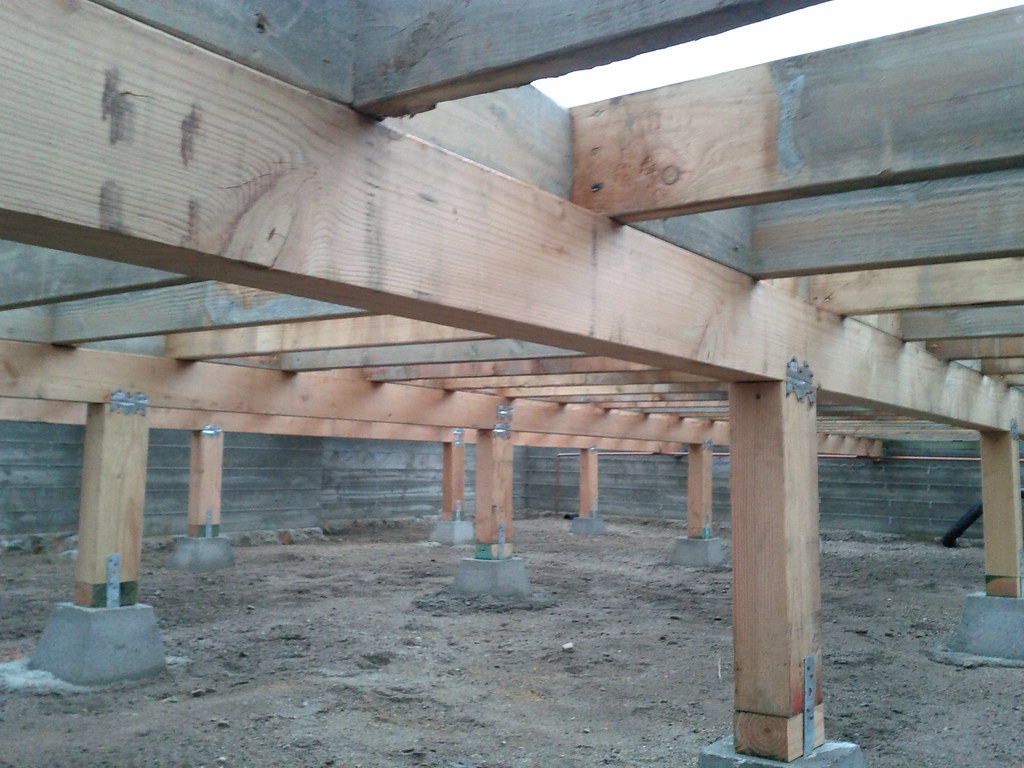Table of Content
A reliable contractor should know all of these standards by heart, but you need to do your due diligence. Document on foundations in 1996 — The Permanent Foundations Guide for Manufactured Housing (HUD Publication HUD-7584). Even though it is a different code, you need to fulfill its standards to be compliant. You need to make sure that you comply with all of the HUD regulations including the ones regarding your house’s foundation.
Unfortunately, we little people have no power so the regulations we need to protect homeowners will likely never be implemented. Ground prep is very important for manufactured home installations. You likely need dirt to create a slight bank so that water from the home will wash away from the home.
Working with mobile home blocking requirements
I think 32 states have their own HUD state agency that you can contact directly for complaints and issues when it comes to manufactured homes . The other state requires you deal with the HUD office in DC. You will also want to contact your state’s manufactured homeowner’s association. Ground Anchor– any device approved by the DMV that is used to secure a manufactured home to the ground to resist wind forces.
With non-permanent foundations, you’ll be able to move around your home and the foundation with much more ease. They still give you stability but with more flexibility. You might be surprised to find that there are several options to choose from. One popular choice is to use concrete blocks to set up your mobile home. Building runners refers to making someone into a runner.
- 24" Metal Pier
A footer must be no longer than 2 feet away from the mobile home’s exterior walls in order to be installed. Footwells should not be more than 10 feet apart in areas where heavy furniture, such as couches, beds, and dining room tables, will be present. If you own your home and just rent the lot then you are likely responsible for the piers and tie downs as well as the plumbing to the mainline connection.

The piers need to be attached to concrete footings that are placed below the frost line in the ground. Ice and its thawing can cause the soil to shift, so you need to make sure that this won’t affect the foundation. Even though mobile homes typically come already constructed, they still need to have solid foundations. An unsuitable base can cause severe damage to your house and can lead to significant problems in the future. A slab foundation is an option, but it has some drawbacks as well.
Non-Permanent Foundations: Pads and Footings
As we have said using blocks is a non-permanent foundation. It can be part of what is called pier or footer foundations. People looking for a permanent foundation for their home should consider Pier and Beam foundation systems.

As a result of being at a lower elevation, the pier foundation is also flood-proof. Piers are generally rectangular, square, or circular, and they typically have a diameter of 6 to 8, 10, or 16 inches. Piers are typically frozen to the ground, which means they have a depth of around five to six feet.
It is also important to make sure that the pier is level with the ground so that it does not create a trip hazard. Because of its ability to support the weight of the entire load, the foundation is the most important part of any building. A foundation pier is typically installed 8 to 10 feet apart, but they can be closer or farther apart than that. The company specializes in commercial foundation repair in Georgia. There are also services for basement waterproofing, piering, and foundation leveling. We provide a comprehensive triple warranty on all of our services.
The first is that the home must be anchored to the foundation. This can be done with straps, anchors, or other methods approved by the manufacturer. This is important for the stability of the home and the safety of the occupants. The third requirement is that the home must have a support system that can handle the weight of the home and the occupants. This is typically a steel frame or other similar system. When constructing a mobile home site, the pier spacing must be kept as close as possible to avoid wind and frost damage.
This perimeter is typically made of concrete blocks, brick masonry, or treated wood and anchored in the concrete footing. It should be well supported and be able to keep out water and pests. There needs to be an access point somewhere in the skirting. If all that was done I don’t see how they didn’t grade it as well. There are several installation ‘systems’ – many states allow them. If they used those and didn’t pour footers of any kind then there was likely no site-prep done at all and that’s the issue.
As with most things in life, prevention is better than cure. If you have experience and are handy, you can even try to block your home yourself. Visible damage to the fixtures in the interior or exterior of the house. Luckily, there are a variety of foundations for you to choose from.

No comments:
Post a Comment